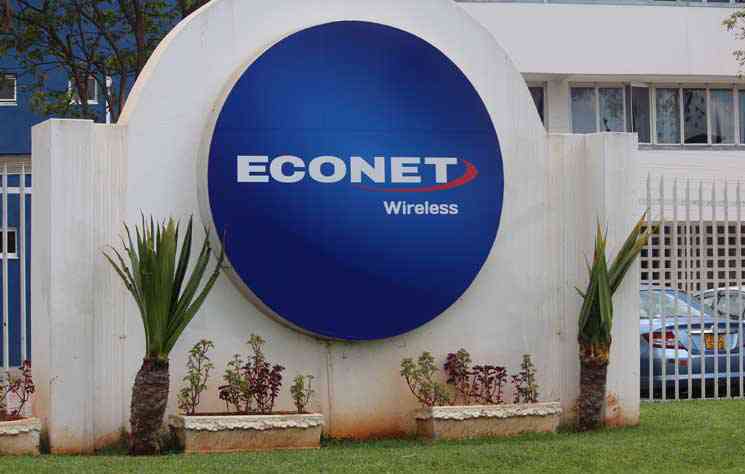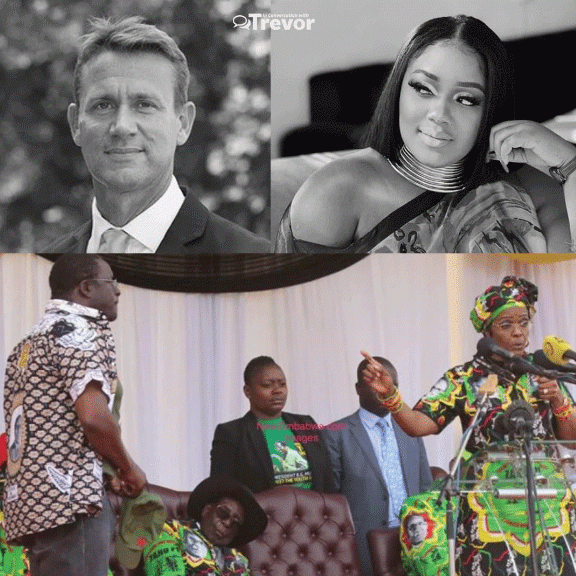
Reading through The Statue That Didn’t Look Right, one is left with an indubitable sense of Malcolm Gladwell celebrating man’s victory over machines. He argues that “the power of knowing, in the first two seconds, is not a gift given magically to a fortunate few. It is an ability that we can all cultivate for ourselves.”
In 1983, an art dealer presented a rare treasure to the J Paul Getty Museum in California. “Gianfranco Becchina…had, in his possession, a marble statue dating from the sixth century BC. It was what is known as a kouros. There are only about 200 kouroi in existence, and most have been recovered badly damaged or in fragments,but this one was perfectly preserved.”
The art dealer’s price was just shy of US$10 million. The museum was thrilled as it was cautious. It subjected the statue to a 14-month-long investigation. The statue went through “an electron microscope, electron microprobe, mass spectrometry, X-ray diffraction and X-ray fluorescence.” Satisfied that the sculpture “wasn’t some contemporary fake,” the Getty paid.
However, victory would belong to those who “had a hunch, an instinctive sense, that something was amiss.” “The kouros, however, had a problem…it was fresh. And ‘fresh’ was not the right reaction to have to a 2000-year-old statue.” Thus the Getty Museum sought expert Greek analysis in Athens. Gladwell notes that, “the chorus of dismay was even louder.”
More rigorous analysis of Becchina’s papers showed they were forged.
“The letters the Getty’s lawyers used to carefully trace the kouros…turned out to be fakes. One of the letters dated 1952 had a postal code on it that didn’t exist until 20 years later.
“Another letter dated 1955 referred to a bank account that wasn’t opened until 1963.”
I have a simpler example from my archives. It comes from a meeting with someone who introduced me to the Biomass Users’ Network. After using my Nokia E90, he put it down on the table.
- Chamisa under fire over US$120K donation
- Mavhunga puts DeMbare into Chibuku quarterfinals
- Pension funds bet on Cabora Bassa oilfields
- Councils defy govt fire tender directive
Keep Reading
He was uncomfortably quiet. I could tell there was a message in the silence.
Finally, in a quivering voice that genuinely sought to know, he asked, “what does this thing do?”
The question bore no pretence; it was unalloyed. I told him that besides the phone function, it had a camera; a typewriter console, and was Wi-Fi enabled.
After weighing my answer, he asked: “Can it record, could it have recorded my call?” My attempts to assuage his anxieties initially fell flat on the ground.
I was losing his confidence. And I knew why. Once, he had made what he believed were off-the-record remarks. Sadly, a voice-activated recorder captured his words.
They reached the wrong audience and his life was never the same.
I understood and valued his vulnerability. In his seeming weakness, he sought to know the truth, to be empowered. He was invoking the ritual of re-assurance because a machine changed his life. Machines have brought convenience to modern life.
They offer a wide array of tools and applications; they facilitate discoveries of ever-growing swathes of the world without the burden and cost of travel.
But the machines are also a source of contradictions and tensions. The real sting of the advanced (and advancing world) is that people are losing the irreplaceable human touch in communication.
Commentators say “modern people tend to communicate online than offline even when they are sitting face to face (the rise of the keyboard warriors!). It is getting easier to express their feelings with emojis than real emotions. It is a sad fact, indeed.”
Healthy relationships still need simple, honest and empathetic conversations. Novelist Louisa May Alcott writes that “good, old-fashioned ways keep hearts sweet, heads sane and hands busy.”
On her part, marketing strategy consultant Dorie Clark advises that, ‘if you want to advance in your career, it’s almost impossible to do it on your own. So, take a step toward controlling your destiny by getting the right people around you, so you can move confidently to the next level and cultivate real relationships.”
Lawrence Kamwi is a former broadcast journalist. He writes on organisational development, collective learning and has lingering curiosities about work-life balance.











